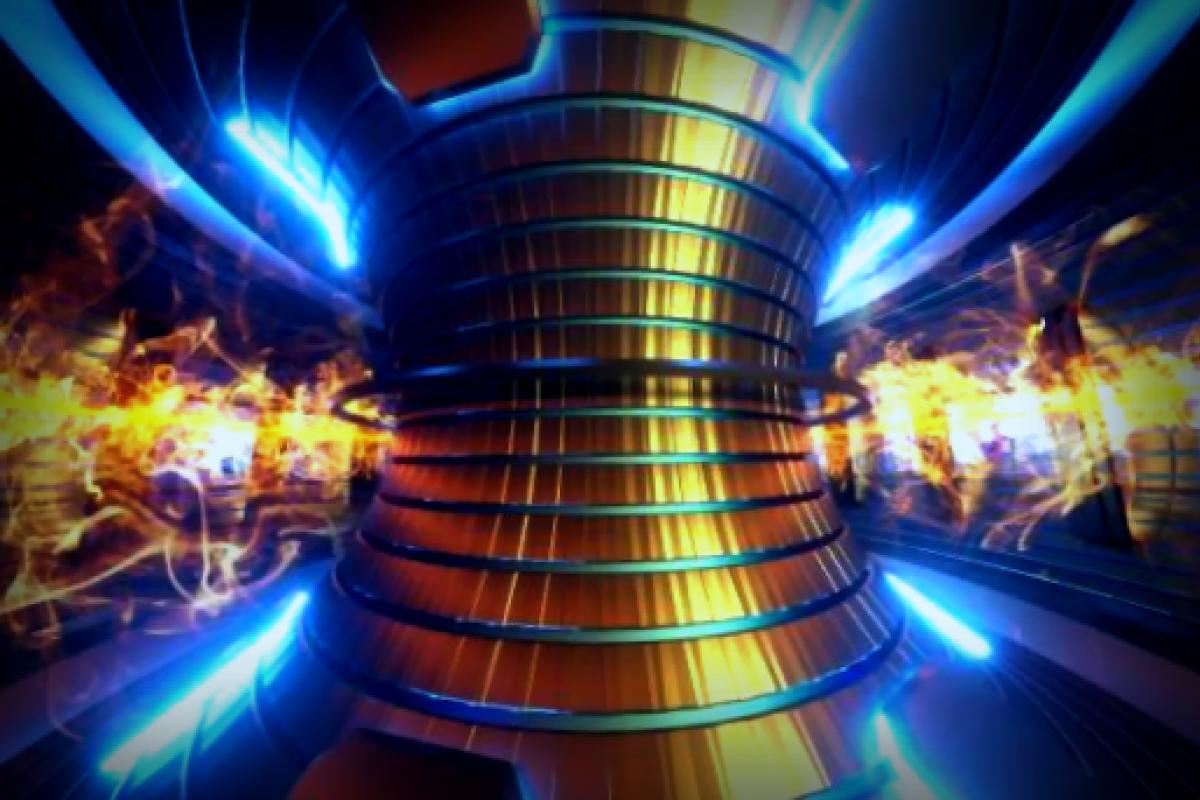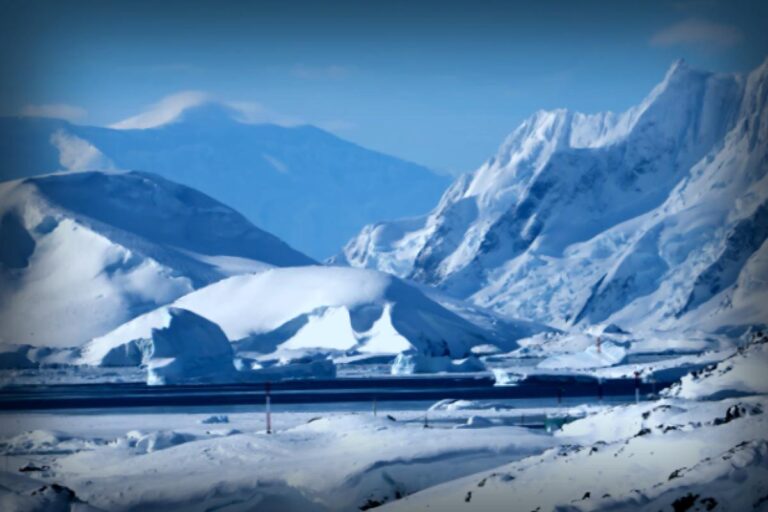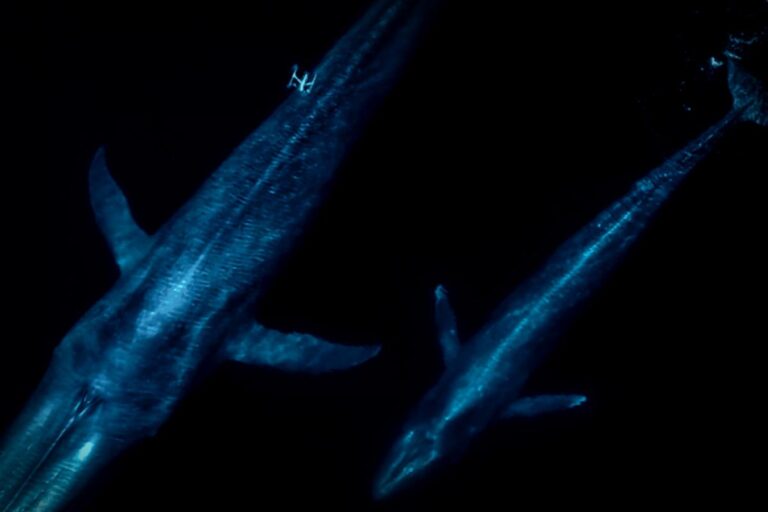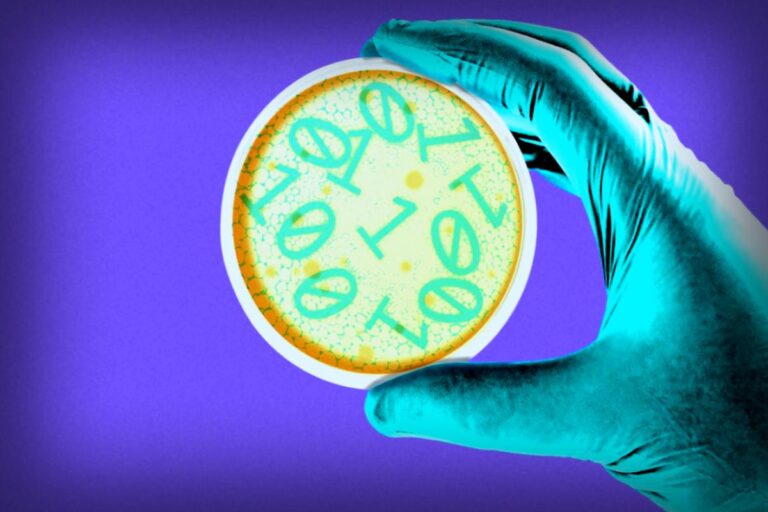Big news in the world of nuclear fusion! China’s Burning Plasma Experimental Superconducting Tokamak, known as BEST, just reached a huge milestone in its construction journey. This innovative facility is on track to be completed by 2027.
They’ve just installed the Dewar base, an essential part of the reactor that will eventually support over 6,500 tons of gear, as reported by Interesting Engineering here.
To put it in perspective, the Dewar itself is massive, weighing more than 400 tons, with a diameter of about 18 meters and a height of 5 meters—making it the largest vacuum component in the history of China’s fusion research, according to a report by the state-affiliated China Internet Information Center here.
The Dewar serves as a vacuum-insulated container for the reactor’s superconducting magnets, which need to operate at an incredibly low temperature of minus 269 degrees Celsius. This chilling cold is essential to keep plasma heated to over 100 million degrees Celsius contained.
Fusion reactors are pivotal in the quest for net-zero emissions by 2050. This technology harnesses energy by fusing two atomic nuclei, mimicking the same process that powers our sun.
What’s exciting is that these fusion reactors could provide nearly unlimited energy. Numerous projects around the globe are racing against one another to make this future a reality.
Fusion energy could perfectly complement other renewable sources like solar and wind, leading to lower energy costs and a significant reduction in fossil fuel dependency for a healthier environment.
Moreover, the World Economic Forum suggests that fusion has the potential to outpace coal, which currently accounts for 34% of the world’s electricity generation.
Also noteworthy is that fusion reactions are considered safe, running continuously by using hydrogen isotopes extracted from seawater, all while emitting zero planet-warming gases.
To give you an idea of the efficiency: a typical 1,000-megawatt coal plant consumes nearly 3 million tons of coal annually. In comparison, a fusion plant producing the same output would only require about 250 kilograms of fuel per year!
Unlike nuclear fission, fusion does not lead to long-lived radioactive waste, which is a huge plus for environmental advocates.
While many organizations are eyeing the prize for showing off the first commercially viable fusion energy production, the BEST team has set a straightforward goal: lighting up a bulb with electricity generated from fusion by 2030 here.

Don’t miss out on the latest tech updates—join our free newsletter for weekly insights into innovations making a difference in our world, and check out this fantastic list for easy steps to help both yourself and the planet.
China’s Fusion Reactor Project Hits Major Milestone with 400-Ton Component first appeared on The Cool Down.




















